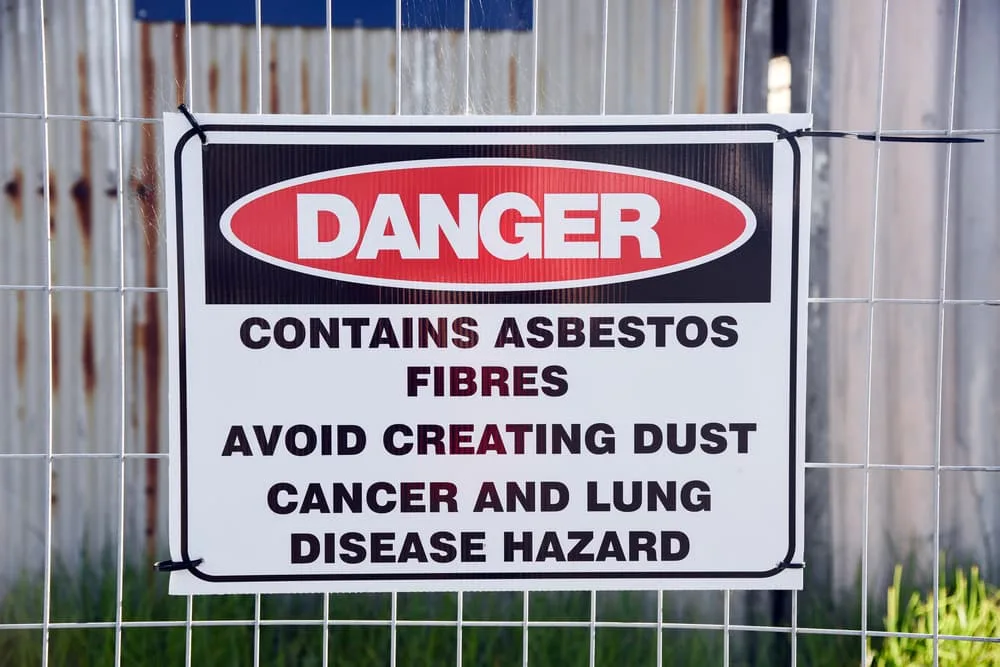Until health concerns led to banning some uses of asbestos, companies widely used it in the United States. Asbestos is a mineral that withstands heat, electricity, and corrosion. As a result, insulation, construction materials, brakes, and many more products contain it. When materials containing asbestos get disturbed or damaged, asbestos fibers get released into the air and people can inhale or ingest them, contributing to serious health risks.
The symptoms of asbestos-related diseases generally appear after a long period, so it is often too late for treatment once they have received a diagnosis. If you suffer from a serious health condition caused by asbestos, an experienced asbestos attorney in Chicago can seek financial compensation for your medical bills and other losses.
What Is Asbestos?
Asbestos is a natural mineral composed of soft-flexible fibers. Because asbestos-containing materials are resistant to heat, electricity, and corrosion, it was often in building materials, insulation, brakes, electrical parts, plastic, cloth, and more.
During the 20th century, asbestos played a crucial role in the manufacturing of commercial products, posing a risk to workers in construction, manufacturing, and other blue-collar industries. Despite asbestos bans in over 60 countries, employers in the United States can still use it – provided they follow government regulations.
Types of Asbestos
The Asbestos Hazard Emergency Response Act (AHERA) of 1986 recognizes six types of asbestos. This law requires warning labels on asbestos-containing materials that easily crumble and are still used in routine maintenance areas of a school building.
The six main types of asbestos fall into type categories and include:
Amphibole
Five types of asbestos fall into the amphibole family. These varieties’ straight, sharp structures make them easy to inhale.
- Crocidolite
- Tremolite
- Amosite
- Anthophyllite
- Actinolite
Serpentine
One type of asbestos belongs to the serpentine family: chrysotile asbestos. It has curly fibers and a layered structure.
The World Health Organization’s International Agency for Research on Cancer, the U.S. Department of Health and Human Services, and the Environmental Protection Agency have classified each type of asbestos as cancer-causing substances.
An attorney may determine which type of asbestos you were exposed to when you file a claim

What Are the Dangers of Asbestos?
Its ability to break down into microscopically thin fibers makes asbestos dangerous. These fibers can remain airborne for days after asbestos-containing material is disturbed. While airborne, millions of these microscopic mineral fibers can accumulate in a person’s lung tissue or a membrane lining the body.
Once they become lodged in lung tissue, these fibers can cause several diseases, including lung cancer, asbestosis, and mesothelioma.
Some factors that determine whether asbestos exposure will cause illness include:
- Dose (how much): The worst exposure happens when the air is visibly cloudy with asbestos fibers.
- Duration (how long): If you live or work in a contaminated environment for months or years, you can be at greater risk for asbestos exposure.
- Types of asbestos: Although white asbestos (chrysotile) has been proven dangerous, there is evidence that other types of asbestos can be even more dangerous.
- Genetics: Certain genetic mutations may play a role in asbestos-related diseases.
- Smoking history: People who smoke cigarettes and are exposed to asbestos have an increased risk of lung cancer.
All types of asbestos fibers cause cancer and other fatal diseases, so always avoid inhaling toxic dust.
The Risks of Asbestos Exposure
The likelihood of developing asbestos-related diseases increases with exposure. Lung cancer and asbestosis are dose-related diseases, meaning the more asbestos you breathe, the higher your chances of contracting one of these diseases.
In contrast to other asbestos-related diseases, mesothelioma can develop from very small amounts of asbestos. In fact, family members of workers in a high-exposure industry who brought the dust home on their clothes have developed mesothelioma. Extensive research has proven that this secondhand asbestos exposure can lead to deadly health effects.
This is more likely to happen in:
Industries With a Historically High Level of Risk:
- Mining
- Manufacturing
- Construction
- Shipbuilding
- Heavy Industry
- Military Service
- Electricity Generation
Industries Still Considered High Risk:
- Automotive Repair
- Renovation and Demolition
- Chlor Alkali Production
- Oilfield Brake Block Repair
- Building Materials and Equipment Maintenance
- Sheet Gasket Use
- Firefighting
If you’re worried about exposure, contact your doctor and a lawyer for further advice.
Health Hazards Resulting From Asbestos Exposure
In a solid form, asbestos does not cause immediate dangers. However, the fragile mineral frequently breaks, even when carefully handled. Breathing in these microscopic fibers can cause people who inhale them to experience life-threatening complications weeks, months, or even years after the initial exposure.
The following are some conditions caused by asbestos exposure:
- Asbestos-related lung cancer
- Asbestosis
- Diffuse pleural thickening
- Mesothelioma
- Whooping cough
- Kidney failure
- Gastrointestinal cancer
- Inflammation of the respiratory system
- Chronic shortness of breath
Asbestos-related diseases have a latency period of between 10 and 40 years. By the time you realize the nature of your illness, your asbestos-related condition may have progressed to where you can slow but not stop it.
Therefore, workers in industries that use asbestos should consult their physicians as soon as possible. A chest X-ray cannot detect asbestos fibers but can detect early signs of asbestos-related lung diseases. Other tests for detecting changes in the lungs include lung scanning and computer-aided tomography (CAT scan). If you plan to file a claim, keep a copy of all medical records.
How Can an Asbestos Lawyer Help You?
Hundreds of thousands of people have filed lawsuits after contracting asbestos-related diseases like mesothelioma, including people who developed mesothelioma through secondhand exposure. These claims provide much-needed compensation for medical bills and lost income.
The lawyers at our firm understand the importance of educating clients about their cases and providing comprehensive and reliable legal representation. Call us or contact us online to set up your case evaluation today.



